
When I entered equine practice 30 years ago, I got my schedule from the office at the beginning of the day, then checked in when I had finished my appointments. I carried a beeper, and when I got a page, I had to stop at a convenience store along my route to use a pay phone. If I had to take radiographs, I developed them at the end of the day by dumping them in vats of chemicals in the practice darkroom. If I needed more or different views, I had to go back to the farm to repeat the process. Diagnosing a lameness was tricky, and chances were a horse would be treated based on a “likely guess” about what was wrong. Sore hocks? Inject them with corticosteroids and see if that helps. Sore feet? Talk to your farrier about corrective shoes.
Times have changed. These days, my cellphone is always at my side. My office can reach me any time they need me, and so can my clients. The beeper is long gone, and I haven’t seen a pay phone in years. I can take as many radiographs as my heart desires on the digital system, and if I don’t like what I see, I can simply repeat the view—right then and there. I honestly don’t know how any of us did it “back in the day,” but I do know things are better now. Technology has not only improved on the things we use every day, it’s also opened up a whole new world of tools for diagnosing lameness, and has led to treatment options that increase the chances for a successful outcome.
Diese Geschichte stammt aus der Spring 2021-Ausgabe von Horse and Rider.
Starten Sie Ihre 7-tägige kostenlose Testversion von Magzter GOLD, um auf Tausende kuratierte Premium-Storys sowie über 8.000 Zeitschriften und Zeitungen zuzugreifen.
Bereits Abonnent ? Anmelden
Diese Geschichte stammt aus der Spring 2021-Ausgabe von Horse and Rider.
Starten Sie Ihre 7-tägige kostenlose Testversion von Magzter GOLD, um auf Tausende kuratierte Premium-Storys sowie über 8.000 Zeitschriften und Zeitungen zuzugreifen.
Bereits Abonnent? Anmelden
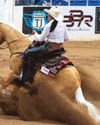
The Horse
LIFE TAKES US DOWN different paths, but I seem to be on just one, which is with the horse.
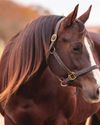
Decoding the Diseases Examined by AQHA's Six-Panel Test
The six-panel test is a diagnostic tool used to assess the genetic predispositions of horses. It's meant to discover if a horse has or is a carrier for certain hereditary diseases and traits.
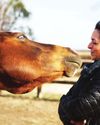
Love is Good
All horses are assured a hopeful, compassionate plan of care at This Old Horse, a program that helps not only horses but people, too.
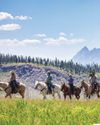
HORSE PACKING 101
Take your trail riding to the next level with nature-filled adventures in the back or front country.
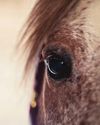
NEW HORSE; NEW PROBLEMS
Anew horse can bring excitement and energy to the barn, and even reinvigorate your passion. However, there are also a myriad of new problems that can come with a new horse, so learn how to introduce him properly to avoid these common issues.
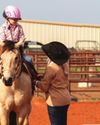
First-Timer Tips
Heading to a young rider's first event with their horse can be intimidating. Use these myths and truths to make it smoother sailing for yourself and your young rider.
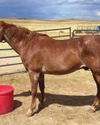
Re-Rescued: Aslan's Story
One special gelding learns about three different types of love during his rescue journey.
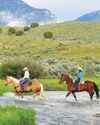
The Country's Hottest Horse Motels
Take your next trail-riding adventure to the next level by staying at one of these six horse motels across the United States.
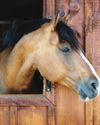
Outbreak! What We've Learned
Learn how disease outbreaks in recent years have changed the horse industry, and why it's so important to play your part when it comes to disease prevention efforts.
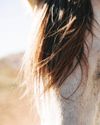
TRAINING THE SENSITIVE HORSE
Shift your mindset and grow your sensitive horse's pressure-handling skills to improve his confidence and your riding enjoyment.